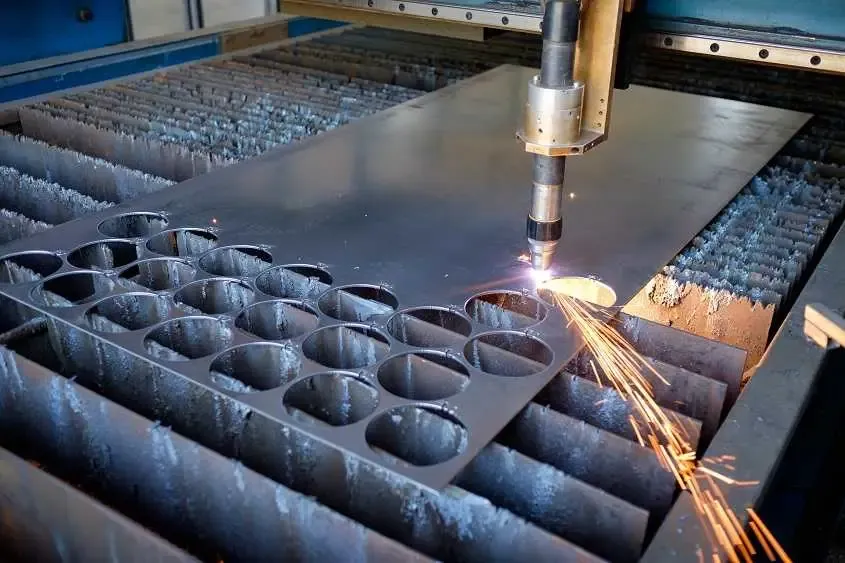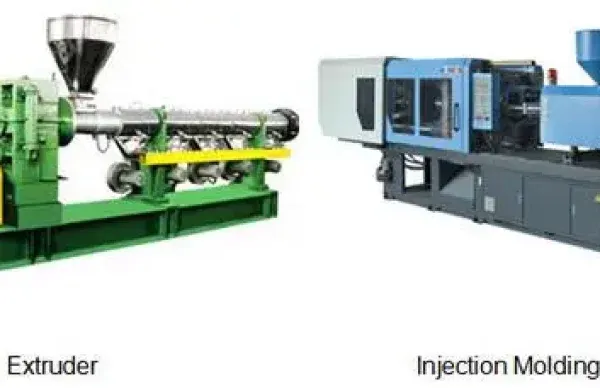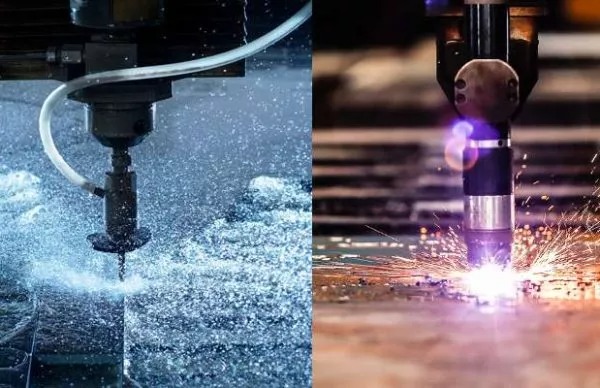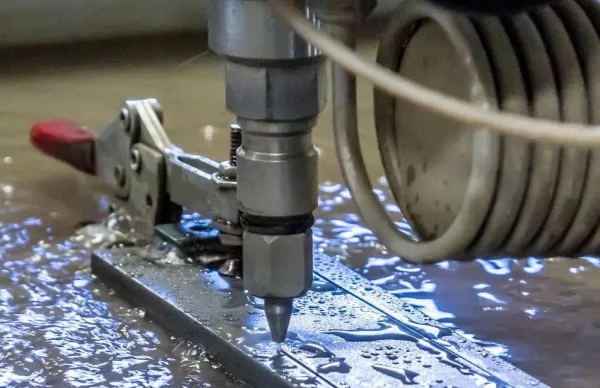Waterjet cutting and plasma cutting aid in cutting and fabricating metal and other materials, but they differ considerably. These differences range from materials cut to the speed of cutting and even finishing.
Besides, there are cutting needs that require using the waterjet technique over the plasma cutting technique, and vice versa. So, waterjet vs plasma cutting – which is best or the right technique?
Here we discuss these cutting techniques and the differences between waterjet cutting and plasma cutting in terms of their working principles, ideal materials, and cost. That way, you know the right technique to use.
Waterjet vs Plasma Cutting: Comparing Differences Between Them
Waterjet and plasma cutting are used to cut materials to desired shapes. However, there are remarkable differences between them. Let us examine these differences in detail.
Working Principle
Waterjet Cutting

The waterjet cutting system breaks down materials by pushing a mixture of water and an abrasive (usually garnet) through a ceramic nozzle. This mixture comes out of the nozzle with a pressure reaching over 50,000 PSI, allowing it to cut almost any material. In other words, a waterjet cutting system is a high-speed erosion system.
Plasma Cutting

Unlike waterjet cutting, plasma cutting uses compressed gasses and electricity for cutting materials. The process involves forcing the compressed gas through a constricted opening at high pressure, where it gets in contact with an electric arc.
When it gets in contact with this electric arc sent through a nozzle, it causes a reaction. The gas used for this process could be nitrogen, oxygen, argon, etc., depending on the metal type and thickness. Also, this gas undergoes heating until it reaches a particular temperature level and enters the fourth state of matter – plasma. The plasma produced during this process is so hot that it can cut cleanly through metal at high speed.
Material Selection

Although both techniques can cut metals, there is a disparity in the range of materials they can cut comfortably and material thickness.
Flexibility To Materials
In the flexibility of materials, waterjet takes the upper hand. The reason is that it can cut through almost every material on earth. However, common metal materials it can cut include steel, aluminum, and copper. It can also cut other materials like Styrofoam, rubber, textiles, and paper.
On the other hand, the plasma cutting technique can only cut conductive metals. It creates the plasma arc used for cutting by binding electrons to a gas. Nonetheless, this places a limit on its cutting ability when compared to the water jet. However, since most metals are conductive, this does not pose a cutting challenge. Common metals cut using plasma cutting include aluminum, steel, copper, alloys, gold, titanium, and stainless steel.
So for material selection, waterjet cutting wins the waterjet vs plasma cutting debate!
Material Thickness to Cut
Material thickness is another factor that differentiates plasma cutting from waterjet cutting. A waterjet cutting machine can cut thick steel or stainless steel up to 6 inches in thickness and 18 inches for materials other than metals. Furthermore, this technique can cut up to 100 ft thickness when used for processes such as coal mining.
On the other hand, plasma cutting has a limitation on its cutting depth, being able to cut thick mild steel up to 6 inches only. However, for metals with standard thickness, both techniques work optimally.






